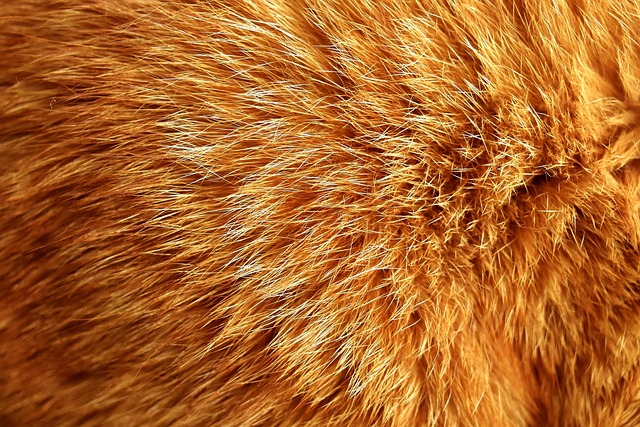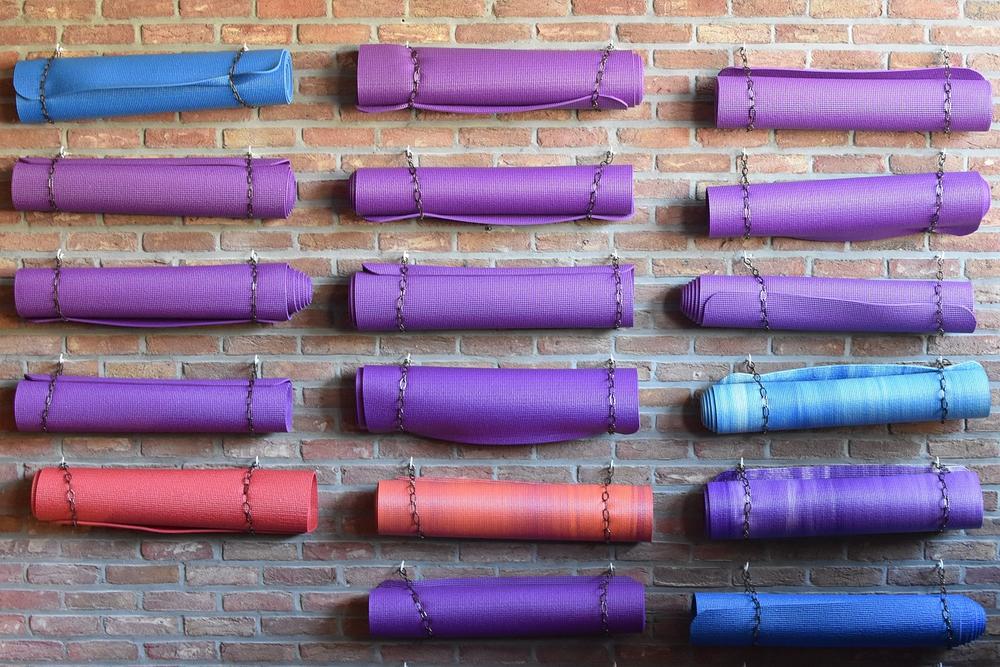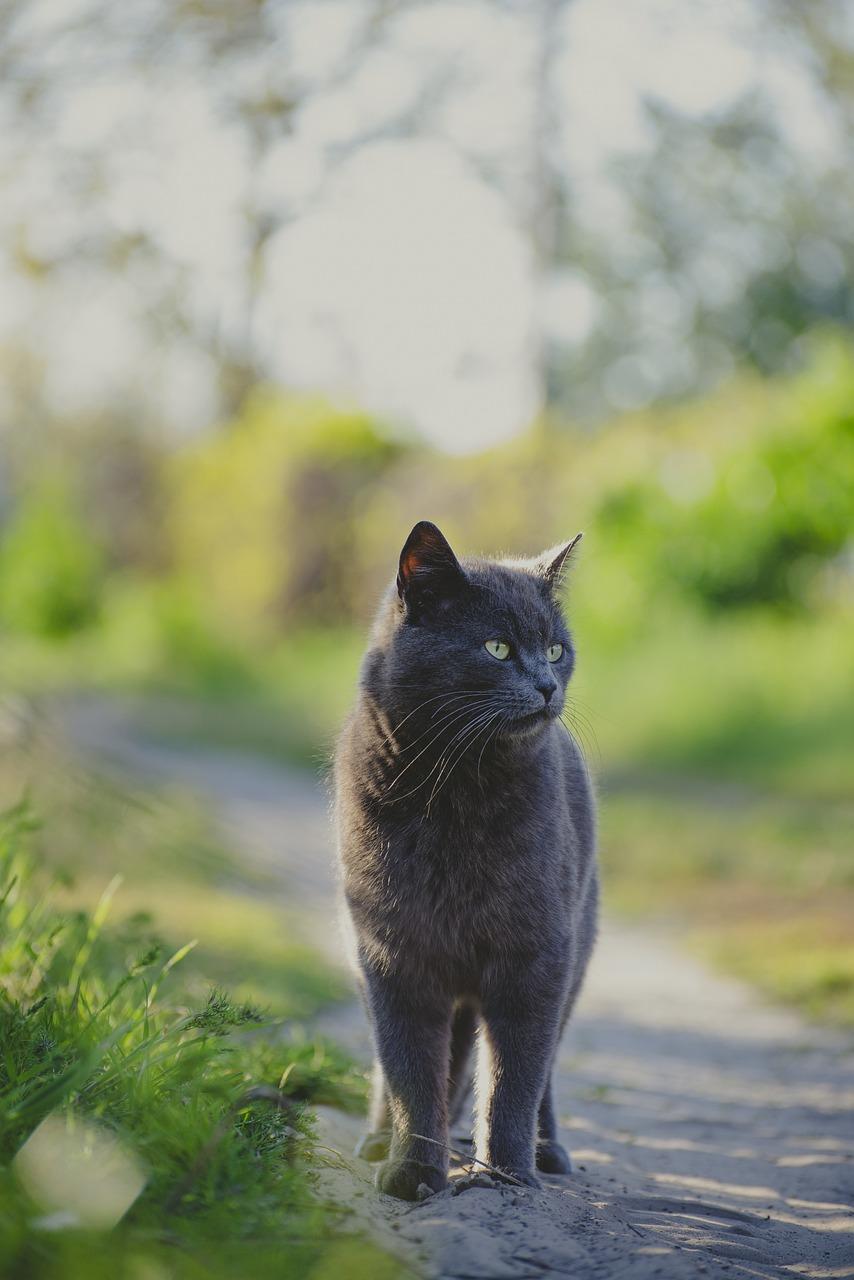Can You Shave a Cat: Should You EVER Shave Your Cat?

Can we just get one thing out of the way?
You've probably seen those photos of naked cats and thought, "Can you shave a cat?" 😮
People love to freak out about it.
But hey, before we get into all that, let's talk about something that keeps you up at night.
Feelings of concern overshadow you, as you worry about overheating or harming your precious feline.
That constant worry, that nagging fear, it's suffocating, isn't it?
Well, let me tell you, there is a solution.
In today's guide, we'll uncover the truth.
But enough talk, it's time to take action.
Let's dive in!
Can You Shave a Cat?
Cats have delicate skin and their fur acts as protection. Shaving a cat, especially if they have short hair, offers no benefits and can increase the risk of sunburn. Only shave a cat if advised by a veterinarian; focus on regular grooming instead.
You might be wondering, can you shave a cat?
Well, let me tell you something.
Cats have delicate skin, even more so than us humans.
That means they are prone to scratches or injuries from their surroundings.
A cat's fur is like armor, protecting their sensitive skin.
But here's the thing.
Shaving your cat, especially if they already have short hair, doesn't give them any benefits.

In fact, it can actually put them at risk of sunburn!
Just like how we can get burned under the scorching sun, cats can too.
So when should you shave your cat?
Only if a veterinarian advises you to do so for a specific reason.
Most of the time, there's no need to worry about that.
Instead of shaving, focus on proper grooming.
Regularly brush your cat to remove loose fur and prevent matting. This helps to keep their coat healthy and shiny.
Your cat's fur serves an important purpose. Let them enjoy the natural insulation it provides and leave the clippers alone. 😺
Main points I'll expand upon further down this article:
- Shaving a cat should be done by a professional to avoid injury.
- Cats have a natural coat that regulates their body temperature.
- If a cat overheats, take them to the vet immediately.
- Shaving should only be done if medically necessary or for comfort.
- Regular brushing is crucial to prevent mats and tangles.
- Seek professional help for removing large mats.
- Lion trim is a recommended style for shaving a cat.
- Regular grooming and diet contribute to a healthy coat and reduce shedding.
- Shaving a cat can have potential risks and should be avoided at home.
- Consider alternatives like breakaway collars or colorful ID tags for style instead of shaving.
Is Shaving a Cat Safe?
While it may seem extreme, shaving a cat isn't so straightforward.
Is it safe to shave a cat?
Well, it depends on a few things.
Certain cat breeds have insulation from their double coats all year long.
Shaving these cats can actually be more harmful than helpful—leaving them susceptible to sunburn and skin damage. So if your cat is fluffy, leave the clippers alone.
However, if your cat has a single coat or tangled fur, shaving could be an option.
But let me be clear:
Leave cat shaving to the professionals. They know how to handle your feline and keep them calm.
Before you decide to shave your cat, remember that it can change the texture, color, and regrowth of their hair.
This is especially true for specific cat breeds, so talk to a professional groomer before making any decisions.

Cats have a natural coat that helps regulate their body temperature. They're good at dissipating heat due to their size and mobility.
But sometimes, they struggle in hot climates to stay cool.
If your cat shows signs like difficulty breathing, excessive panting, weakness, increased heart rate, or even seizures, seek veterinary help immediately.
These signals mean overheating, and shaving won't fix the main issue.
In certain cases, clipping may help cats with long hair or matting problems.
To prevent harming their sensitive skin, always let a professional do the grooming.
They'll know how to navigate those tricky spots safely.
Ultimately, a cat's fur plays a key role in regulating their body temperature.
Shaving should only be considered if medically necessary or if it eases your cat's discomfort.
When in doubt, consult a professional groomer or vet to make the best choice for your furry friend.
Well, now that we've discussed the safety aspects of shaving a cat, let's explore some specific cases where it may be beneficial...
When Should You Shave Your Cat?
Shaving a cat is not always necessary
You know, cats are pretty independent creatures. They take great care of themselves and their looks.
So you might be wondering, do you really need to shave your furry buddy?
Well, let me tell you, in most cases, you don't!
The exceptions: severe matting and discomfort
Now, there are situations where shaving a cat can be helpful. If your cat has severe matting, for instance, shaving could provide some relief.
Matting causes all sorts of problems like discomfort, limited movement, and even skin infections.
In these cases, shaving the affected areas can make your cat feel much better.
But here's what you need to understand...
Summer shaving is a no-no
Contrary to what you might think, summer is actually NOT the best time to shave your cat.
You see, cat fur naturally thins out during the warmer months, giving them some relief from the heat. Shaving them during summer disrupts this natural process and makes them more prone to sunburns and other skin issues.
Besides, cats have an incredible ability to control their body temperature through their fur.
By removing their protective coat, you're actually exposing them to extreme temperatures.
Trust me on this one — leave the summer shave to the professionals!
But let me dive deeper into the topic and explain why regular brushing is crucial for cats, especially those with long fur!
Preventing Cat Matted Fur: Reasons for Shaving Explained
One reason you should shave your cat is to prevent mats that are caused by shedding.
Dogs can also benefit from this.
By regularly brushing your pet during shedding seasons, you can get rid of loose hair and reduce the chances of mats forming.
If you ignore tangled or matted fur, it can make your cat uncomfortable and even lead to health problems. To avoid mat formation on the underside of your cat, you can go for a belly shave.

Sometimes, the mats can be so severe that your vet might have to use sedation to get rid of them. For cats with long hair, regular brushing is especially important to prevent tangling.
On top of that, you have to maintain a healthy diet and ensure your pet gets enough exercise to prevent obesity, which contributes to painful mats in cats.
To sum up:
- Regular brushing is necessary to prevent mats caused by shedding
- Untreated mats can cause discomfort and health issues
- A belly shave can minimize mat formation on the underside
- In severe cases, sedation from a vet may be required
- Long-haired cats need frequent brushing
- Preventing obesity through a healthy diet and exercise helps prevent mats
But how do you ensure a safe and comfortable shaving experience for your cat?
You have to understand the proper techniques, precautions, and tools involved.
Let me guide you through the process so that you can confidently groom your furry friend without any mishaps.
Proper Techniques for Shaving a Cat
Before shaving a cat, ensure the cat is calm and comfortable.
This can be done by using positive reinforcement techniques and giving treats.
Proper techniques for shaving involve thorough brushing down to the skin and covering all areas of the cat.
However, it's best to leave the actual shaving to professionals like groomers or veterinarians.
When using clippers and scissors, be careful not to injure the cat.
A lion trim is a good style that shaves the body but leaves the head, ruff, and tail fluffy.
If your cat has mats or specific conditions that require shaving, seek assistance from professionals.
Clipping is preferred over shaving to reduce the risk of skin damage or cutting.
Now, let's explore how to handle those pesky mats in your cat's fur.
You may think you can do it yourself, but there are some important things to consider.
Trust me, seeking professional help for large mats is the safest and most reliable option, but what about smaller mats?
Well, I have a handy trick up my sleeve that will leave you curious and eager to find out more...
How to Remove Mats From a Cat's Fur
When your cat has smaller mats in its fur, you can use a matte breaker tool or a comb with widespaced teeth to gently untangle the hair.
Don't yank on it too hard, though; you wouldn't want to hurt your furry friend's delicate skin.
However, when those mats get big, it's best to leave it to the professionals for everyone's peace of mind.
After all, their well-being is at stake.
Benefits of Proper Cat Grooming
Proper cat grooming brings many benefits:
- Maintains a healthy coat.
- Allows for early detection of skin abnormalities, fleas, ticks, or parasites.
- Prevents tangles and mats to keep their hair knot-free. 🐱
- Regular brushing helps regulate body temperature instead of shaving.
- Reduces the amount of hair on furniture and clothing.
- A protein-rich diet promotes a healthy coat and reduces shedding.
Ensuring your cat's grooming needs are met maintains their comfort and happiness. Regular brushing prevents the entanglement or matting of their fur while also allowing for examination of potential skin problems or bothersome pests. Remember, consistent coat brushing remains crucial even if you groom your cat by shaving them in warm weather.
Cats have a natural insulator in their fur, which helps regulate their body temperature.
So, assisting with grooming is always the better approach for their comfort.
Additionally, daily brushing can help minimize the amount of cat hair on your furniture and clothing.
This is true regardless of your cat's hair length as all cats shed to some extent.
To further promote a healthy coat and reduce shedding, consider feeding your cat a protein-rich diet.
Hair is made up of keratin, which is a protein.
Providing your cat with the right nutrition ensures their coat stays in top condition.
So, make regular grooming a part of your cat's routine and enjoy the benefits of a healthy and well-maintained coat.
And speaking of cat grooming, did you know that some cats have eyebrow whiskers while others don't? If you're curious about this fascinating feature, I highly recommend checking out my article on Cats Eyebrow Whiskers.
In it, you'll find all the information you need to satisfy your curiosity and learn why these whiskers differ among cats.
Go ahead, click the link and delve into the mysterious world of cat eyebrows!
Potential Risks of Shaving a Cat
Shaving cats can seriously stress them out, make them anxious, weaken their immune system, and mess up their digestion.
Now, you may think grooming your cat is good, but you ought to consider the risks of shaving.
Here are some things you should bear in mind:
- If your cat starts acting aggressive or stressed, back off. Shaving can be seriously painful and traumatic for them.
- Ever heard of myiasis? It's when maggots start growing in your cat's fur. Yuck! This nasty business can happen if your cat's coat gets wet or they spend a lot of time outdoors. So, DIY shaving is a no-no. 😱
But don't panic... There are other options!

Instead of hacking off their fur, you can add a little flair to your kitty's style with breakaway collars or cool ID tags.
But remember, if you still decide to go ahead and shave your cat, brace yourself.
They might feel exposed and freak out during the process.
In the end, it's better to avoid trying your hand at cat barbering. The risks just aren't worth it. Keep your furry buddy happy and safe!
And that wraps up today's article.
You reached the conclusion of my blog post, so I would love to know... did you enjoy it? I dedicate a ton of time and effort into creating informative and comprehensive blog posts. It's a task I genuinely enjoy, so if you could possibly take a moment to click on one of the social sharing icons and spread the word about this post, that would mean the world to me. Big thanks in advance!
Talk soon,
-Sarah Davis